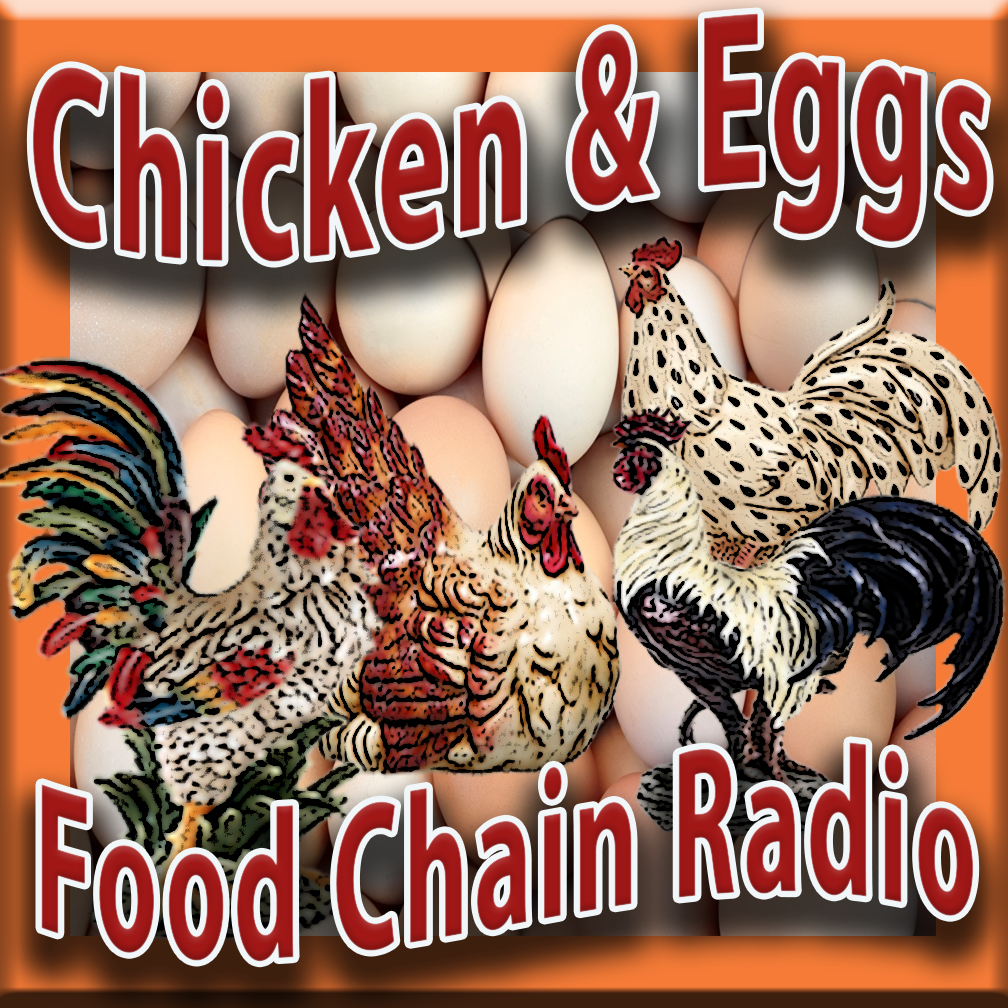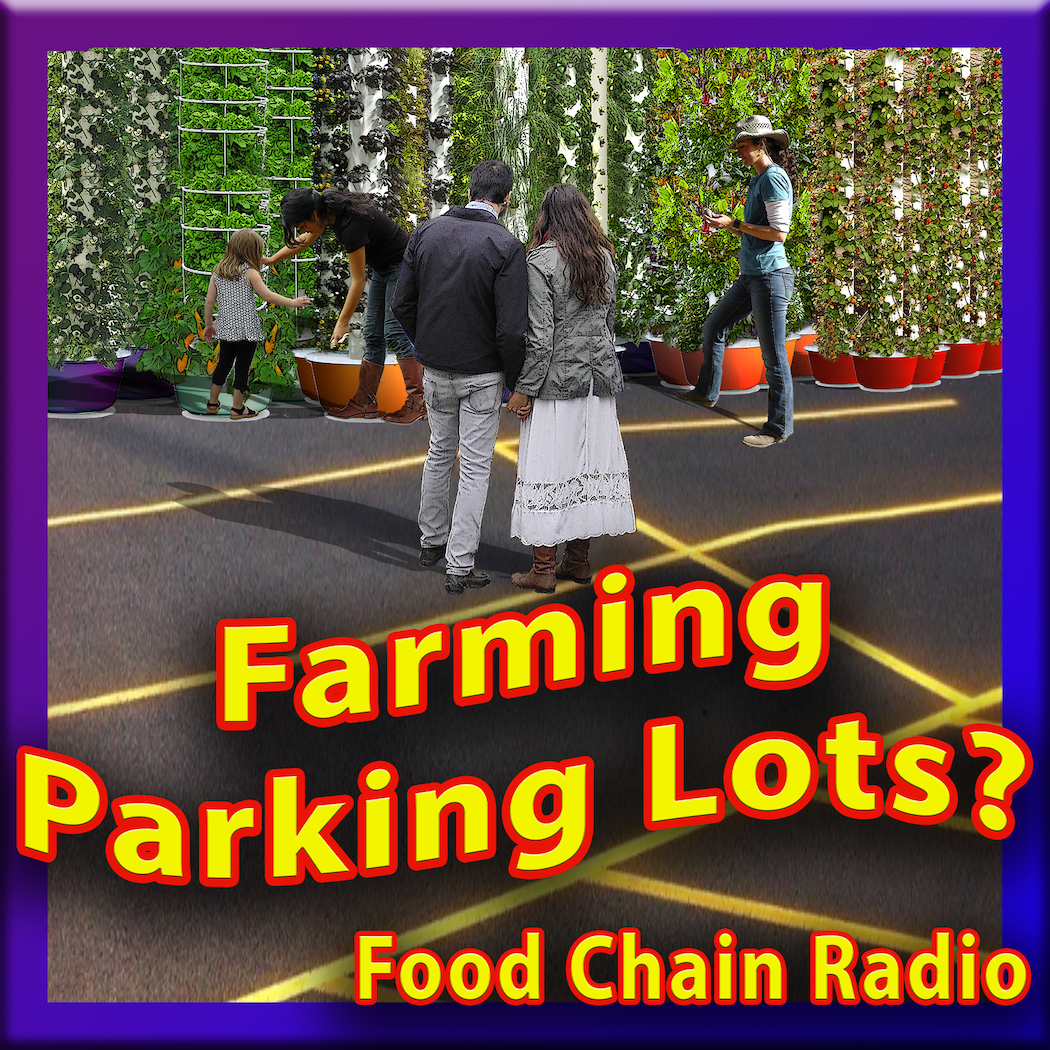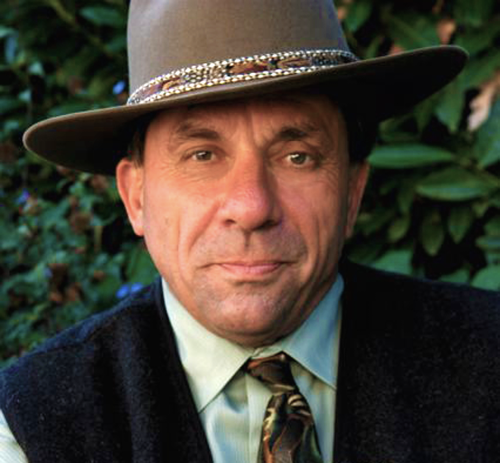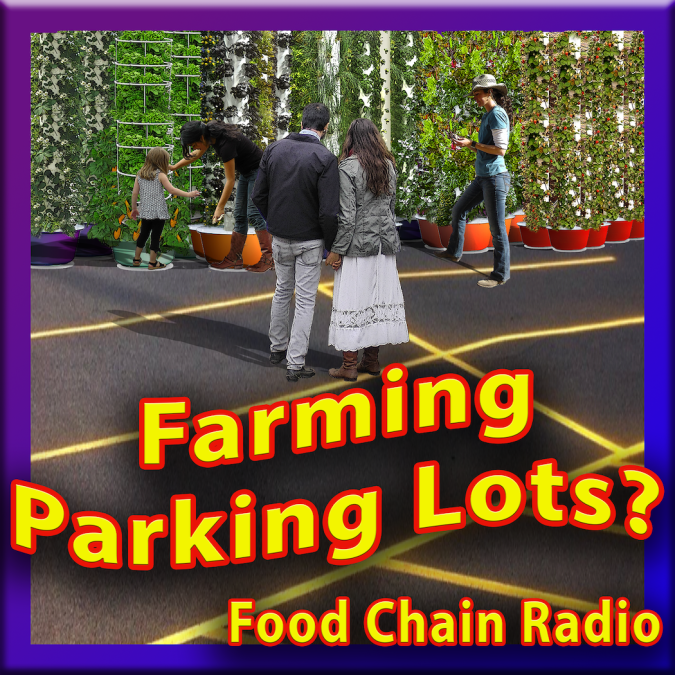Future of Seeds
March 25, 2022
Chickens and Eggs
April 9, 2022GUEST: Jeff Herman Editor in Chief Lawn Starter
I once worked as a story producer for NBC Magazine with David Brinkley. One story we told was about the “survivalists” who believe the economy is going to collapse and so move more than one tank of gas from the nearest big city, where they arm themselves with defensive weapons, store up canned foods, and hunker down to wait. Our story was titled, “Armed for Armageddon.”

Michael Olson Food Chain Radio – Farming Parking Lots?
To get our establishing shot we took the network camera and talent to a hilltop overlooking the Rogue Valley of Southern Oregon. “Beyond you can see the Rogue Valley,” the talent announced. “This is where the survivalists hang out.”
What we saw, looking down from that hilltop, was that the beautiful farmland of the valley had been subdivided into small ranchettes. But what captured my attention was that nobody seemed to be growing crops!
On an impulse I turned to Nancy Tappan, who published a newsletter for the survivalist community, and said, “Nancy, we should write a pamphlet on how to make money by farming those small parcels of land down there.”
A month later Nancy called and said, “Michael, I sold your book!”
When looking around for who did make money by farming small parcels of land, I ran into an interesting statistic in the Census of Agriculture, which said the most productive farms in the United States, in terms of dollar value of crops per acre, were located in New York City’s Borough of the Bronx. The second most productive farmland was located in the City of San Francisco, and that farmland was generating an average of $76,421 per acre per year. When adjusted for inflation, that would be $263,129 in today’s money from one acre of city farmland!
How so much money can be earned by farming so little land became the focal point of MetroFarm, The Guide to Growing for Profit in or Near the City for the City.
Though most cities in the world get their food from farms that are relatively close, American cities have become accustomed to being fed by farms located in distant growing regions. But what if those survivalists were right? What if the day comes when the economies of farming food thousands of miles away stops making sense, and the food stops coming? That thought leads us to ask:
Leave a comment below: Do you think we will or will not have to farm in the city?
Michael Olson’s Three Laws of the Food Chain
#1 Agriculture is the foundation upon which we build all our sand castles.
#2 The farther we go from the source of our food, the less control we have over what’s in that food.
#3 Cheap food isn’t! READ MORE




